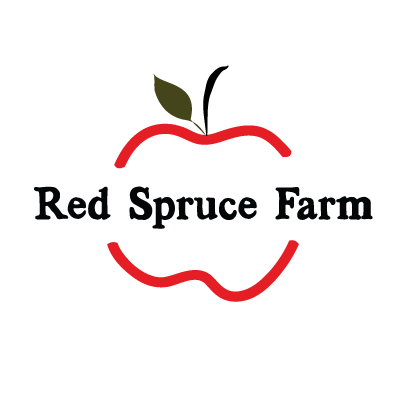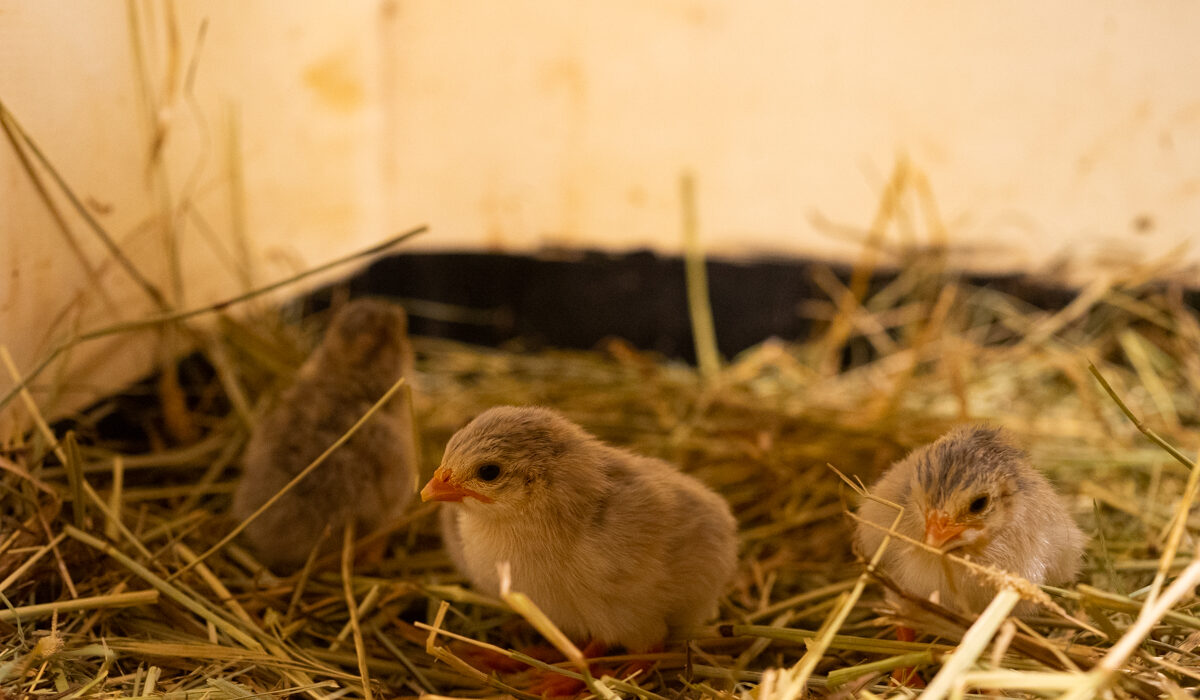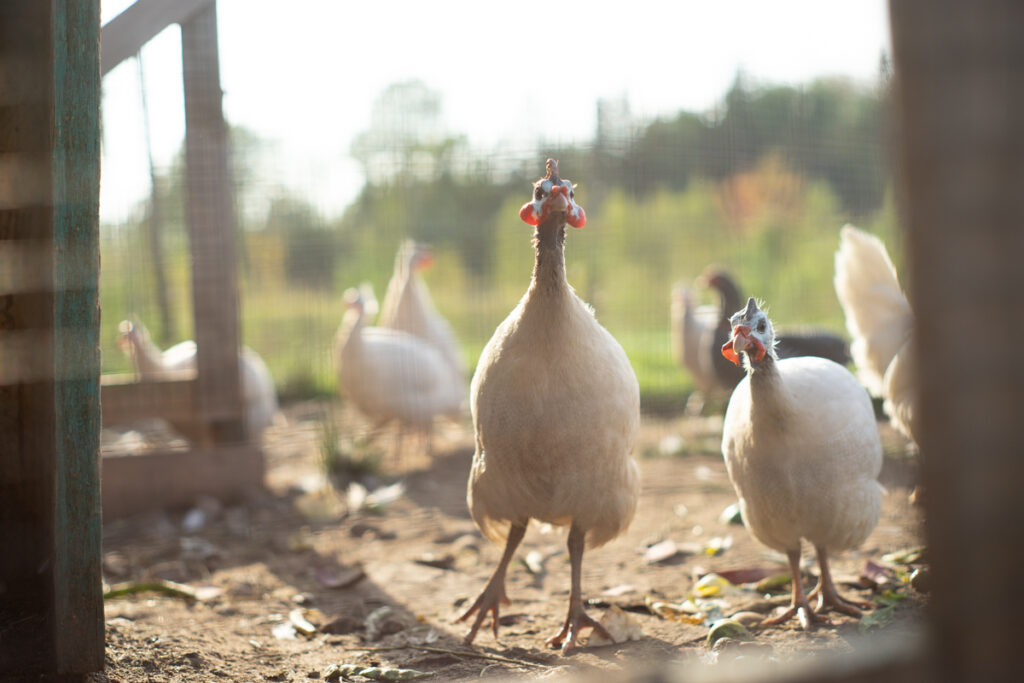
It is exciting getting new chicks or keets. This is the phase that is absolutely adorable. But trust me, soon they will turn into much more lovely birds: curious, tick eating, wandering, smelly, and egg laying little beasts that don’t listen to you unless you very calmly use magic.
For us, both guinea keets and chicks follow nearly the same schedule. The only difference is when we switch from starter feed to their grower or adult feed, which I’ll mention below.
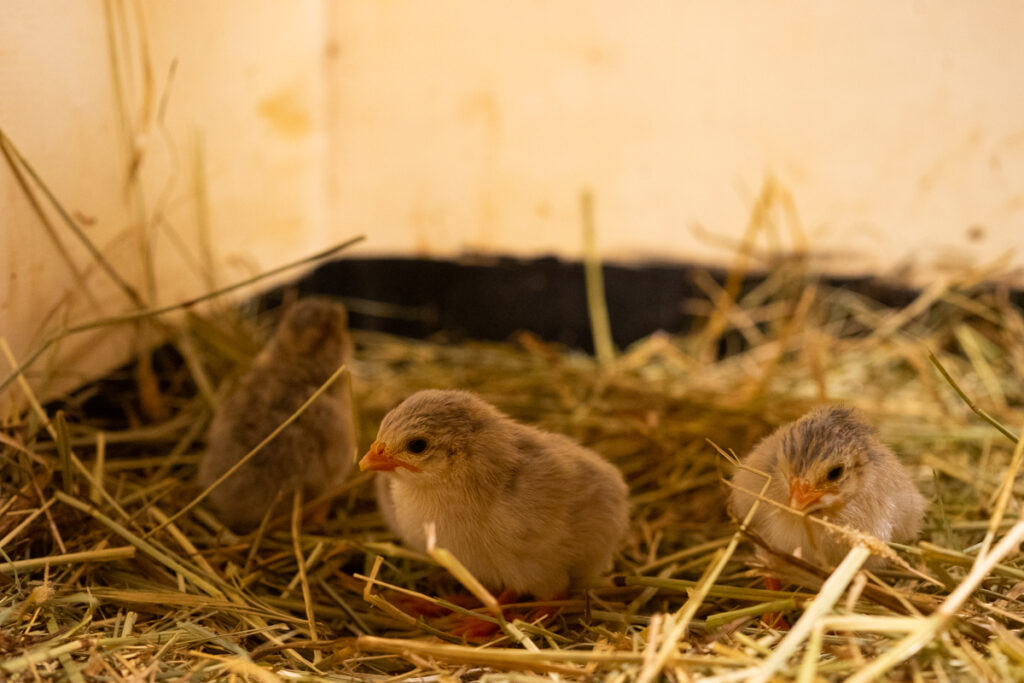
So! In preparation for your new chicks or guinea keets at your homestead, here are some suggestions we have learnt from over the years:
Heat Lamp
Keets are still precious and need a warm zone especially at night. During the day, with warm weather, you might not need it if they are exposed to outdoors. Entirely depending on where you keep them. We use red lamps because the red light doesn’t disrupt their sleep cycle, and we leave it on 24hrs a day until they have grown enough feathers to keep themselves warm. I have never experienced a chick attack another chick because of the red light.
Starter Feed
We feed the keets and chicks medicated chick starter (which is crumbs) until they start showing their first feathers, which is about 10 days. If we’ve had your chicks for 7 days, expect that they’ve been on medicated chick starter for 7 days. After this, we put them onto just chick starter (which is still crumbs). Once they seem to be about ¾ their expected size, we then switch them to wild game bird feed for the guineas, and grower for the chickens. Of course, they all also scavenge throughout the barnyard. It wouldn’t hurt to give the guineas the grower, but you’re not really looking for them to fatten up, just mostly eat the ticks!, so they can have their game bird feed – it’s high in protein.
Water
A small sized chicken waterer is what we use for the little birds when they are still little chicks or keets. If you’re getting a lot of them and don’t plan on doing this every year, you can probably skip the small sized waterer and go straight to the standard/medium sized waterer, just make sure that the chicks or keets can reach the water, which should be only about 1″ high. If the waterer is too big, they have increased risk of stumbling into the waterer and falling and not being able to get up (this is also a reason why it’s important to keep an eye on them). Once they get bigger, they are much less at risk of stumbling into the water. At 10 days old, they’re strong enough to not have any worry of stumbling into the waterer. They always need fresh water available. Remember, the bigger the waterer you have, the more space it takes up in your small pen. We also feed the chicks or keets what’s known as Stress-Aid. It’s essentially electrolytes that help the chicks deal with stress and more importantly, give them some great nutrients to give them energy and help them get strong. At the start, about every second fill up of the waterer we sparingly put stress-aid in until we move them to their bigger pen, which is after about 2-3 weeks.
Small Pen with Bedding
To keep the little ones safe in their first few weeks, we use a small wooden box about 2ft by 4ft. It is about 16″ high, so that as the chicks grow and learn to jump, they can’t jump out. This easily handles about 20-40 chicks at a time since they almost always cuddle together. Inside we put their bedding, which is usually some hay from the barn the sheep didn’t eat. It is also sometimes woodchips. We end up changing this every 2 to 3 days to keep the smell and diseases down, but at the start when the chicks and keets are very new they hardly poop. After they start getting their bigger feathers (and also when it seems like we should be changing the bedding every single day) we comfortably move them to their bigger pen to grow more feathers, this is about 2-3 weeks after being born.
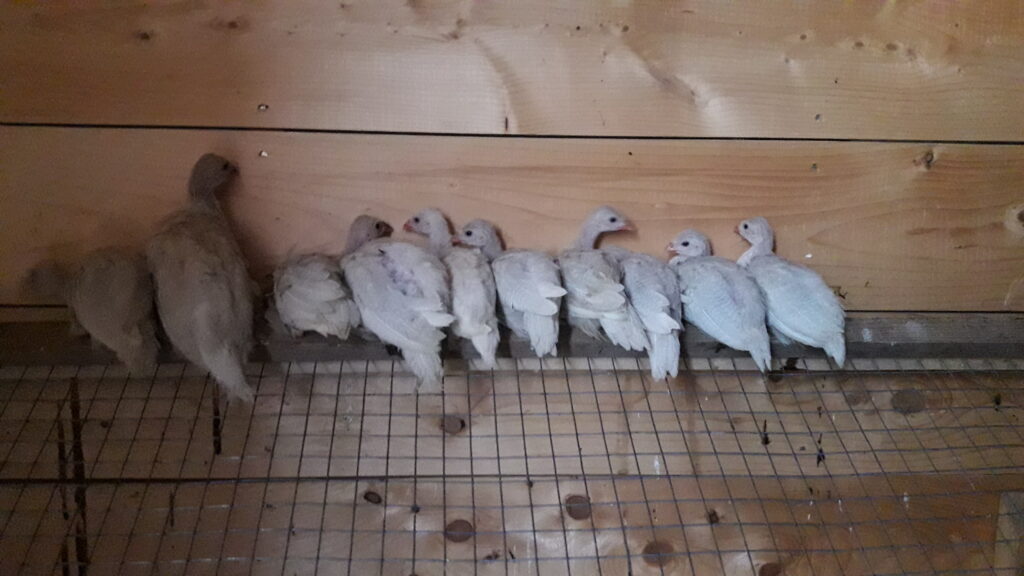
Additional Thoughts
Some people choose to not medicate their chicks. Some people will use newspaper instead of hay. Our approach is to give our little chicks and keets the best chance at surviving we can so that they can grow strong and healthy and perform their function effectively on the farm, and also use the supplies we have available on the farm, so this is what our setup looks like.
I’d also like to note that we have had guinea keets and chicks in this small pen at the same time and they bonded nicely. One of them bonded so well, she became Henny Penny, a mother to all the younger guineas she had around.
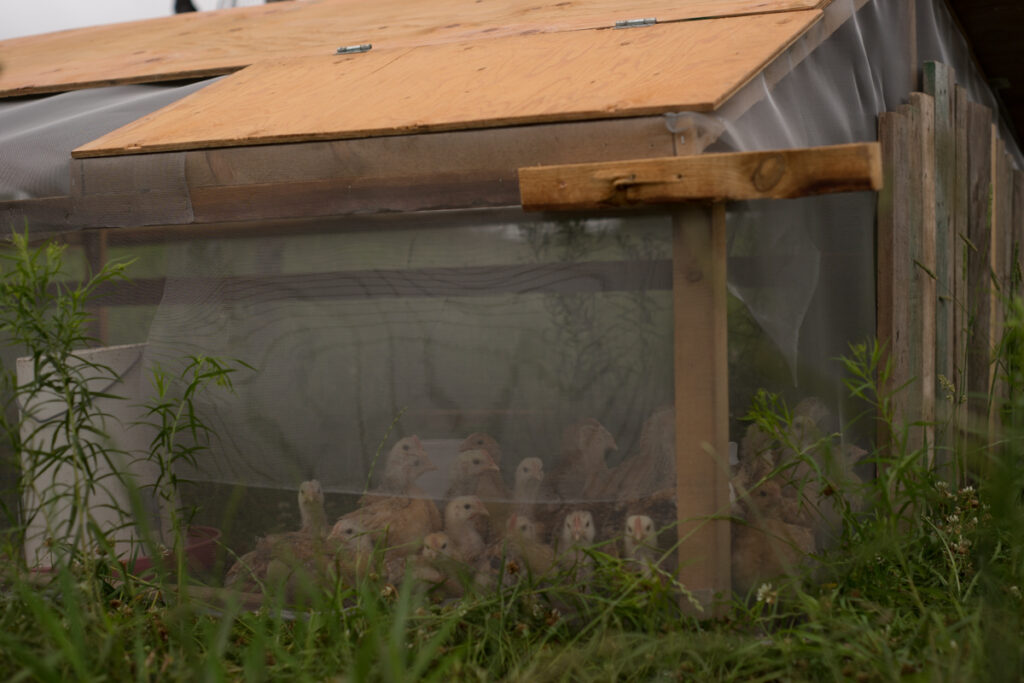
Do you have anything that you do for your setup that makes your chicks or keets extra happy? I’d love to hear!
Good luck out there.
